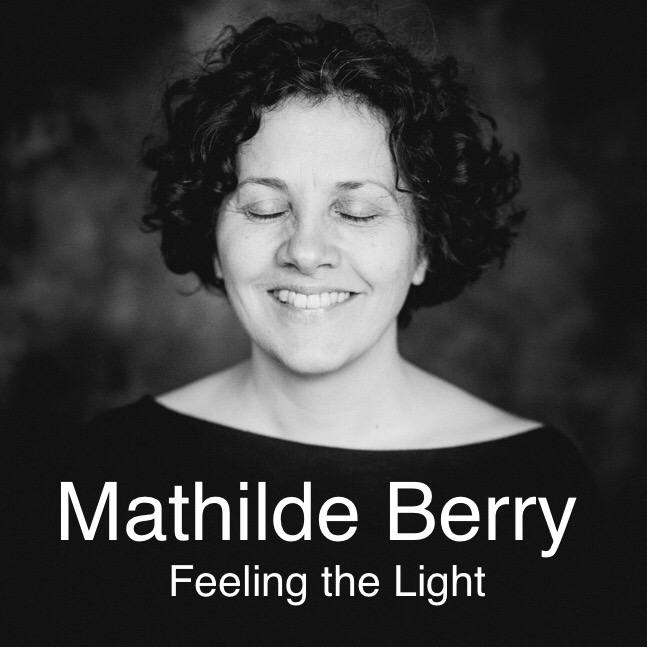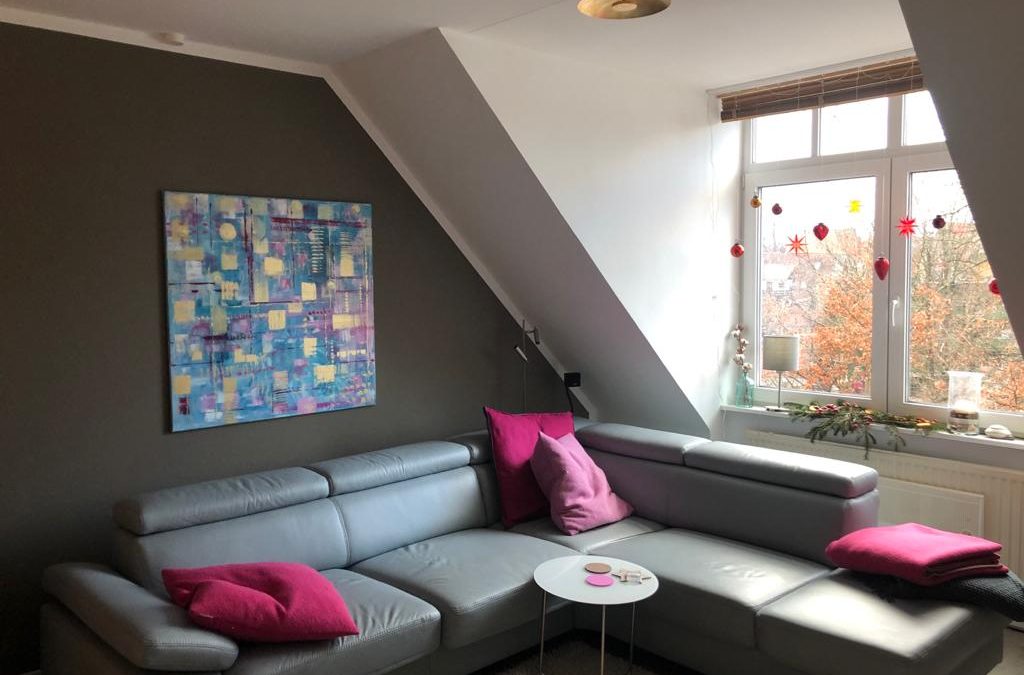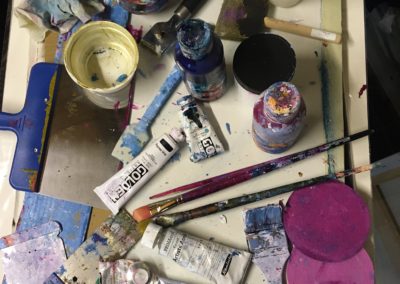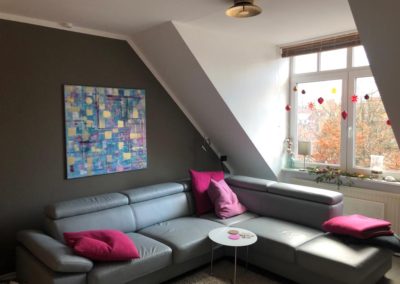The following tips are for collectors looking for a special piece of artwork and artists who are thinking of doing commissions.
1. Get to know each other a little bit before starting to talk about the commissioned artwork itself. Do you feel a good vibe and genuine connection between artist and collector as human beings before talking about the commission itself? Both parties should feel good about this. As a collector, you might want to check out the artist’s website or printed catalogue before you meet with the artist and highlight the artwork that you like in the artist’s portfolio to help drive the conversation.
2. Together, take the time to:
a) discuss the mood and/or intention of a painting,
b) pick colours and structures (why not use a blank canvas or a piece of paper to test some colours together) and examples in the artist’s work that the client particularly likes (I use a printed art catalogue and original work, but you might want to do this on a computer). As the person commissioning the work, make sure that you express what you’re not so keen on if the artist is not asking you themselves – they might not want to hear that you don’t like something that they painted, but it’s really important to know – beforehand 😉
c) find out if the collector commissioning the work already has a title in mind. I find that it is helpful sometimes to set a particular intention. … An hour (or two) often flies by quickly to decide on the above.
3. Agree on the format by using examples of canvas sizes for the space – you might need to use a template on site to decide on the right size and format. For one of my commissions, the original idea of 3 paintings of 20cm x20cm would not have worked so well. Using templates, we settled together on an optimal format together with 2 paintings of 30cm x 24cm.
4. Clearly agree on the “admin bits” together:
a) timeline or deadline – is this for a special anniversary date or is there some flexibility in the delivery
b) documentation of the process – process video, timelapse or work in progress photos required by the client?
c) preferred way of communication – clarification of questions by phone, mail or video meeting? and
d) reporting format and timeline – in person, by mail, video call, weekly or adhoc, weekends, daytime or evening?
5. Agree on the price and payment modalities (instalments, part-payment upfront, final payment timing) and what the price comprises (number of revisions, frame and shipping, advice on hanging, touching up in case of damage.
6. The artist should swiftly summarise the discussion points in writing and ask for client feedback before starting the work. If required, arrange for a second meeting for clarification.
If you’re an artist or a collector who has commissioned art before, what has your experience been? Any more tips? I’d love to know in the comments below!
“15 minutes later”
A “before” and “after” story of one of my commissions or how I interpreted my client’s instructions to their full satisfaction
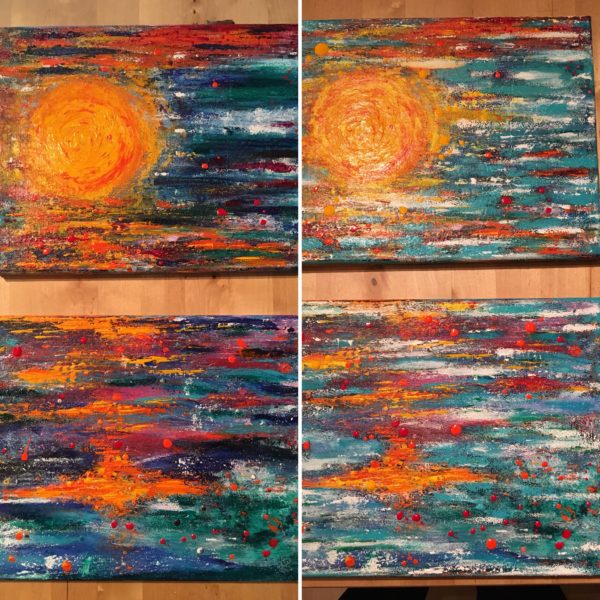
One of my commissioned artwork was TATE I and TATE II, an uplifting, ocean-inspired, abstract sunrise for a narrow wall in the home of a lovely couple. I met T. when I was exhibiting in the foyer of a Hamburg theatre after a dance show where my artwork was projected as backdrop. He particularly liked one of my smaller paintings, photographed it to show the photo to his wife and called me to arrange a meeting a few weeks later at my atelier.
And the result less than a month later was: “SUPER!! Exactly as I wanted it!!!”. I felt like a fairy godmother on that day. Before getting there, there are a few essentials to consider. First of all, as an artist, it’s important to be open to feedback. The intention for this “2-part abstract sunrise with a marine feel to it” was to convey an uplifting, happy mood in the morning.
When I shared the work in progress on the commission, T’s initial comment was: “We love it! Exactly what we discussed… one thing: could you try to make the background of the sunrise 15 minutes later?” I love sunrises and sunsets (who doesn’t?!) and can spend hours admiring the changing light. I transformed the seascape with lighter hues of blue, turquoise and white while adding dots of warm colours and more sunlight to it.
As I mentioned above, the result turned out to T’s full satisfaction. He even came to pick up the painting on a Sunday morning to have it at home asap just after I sent him the photo of the “15 minutes later”!
